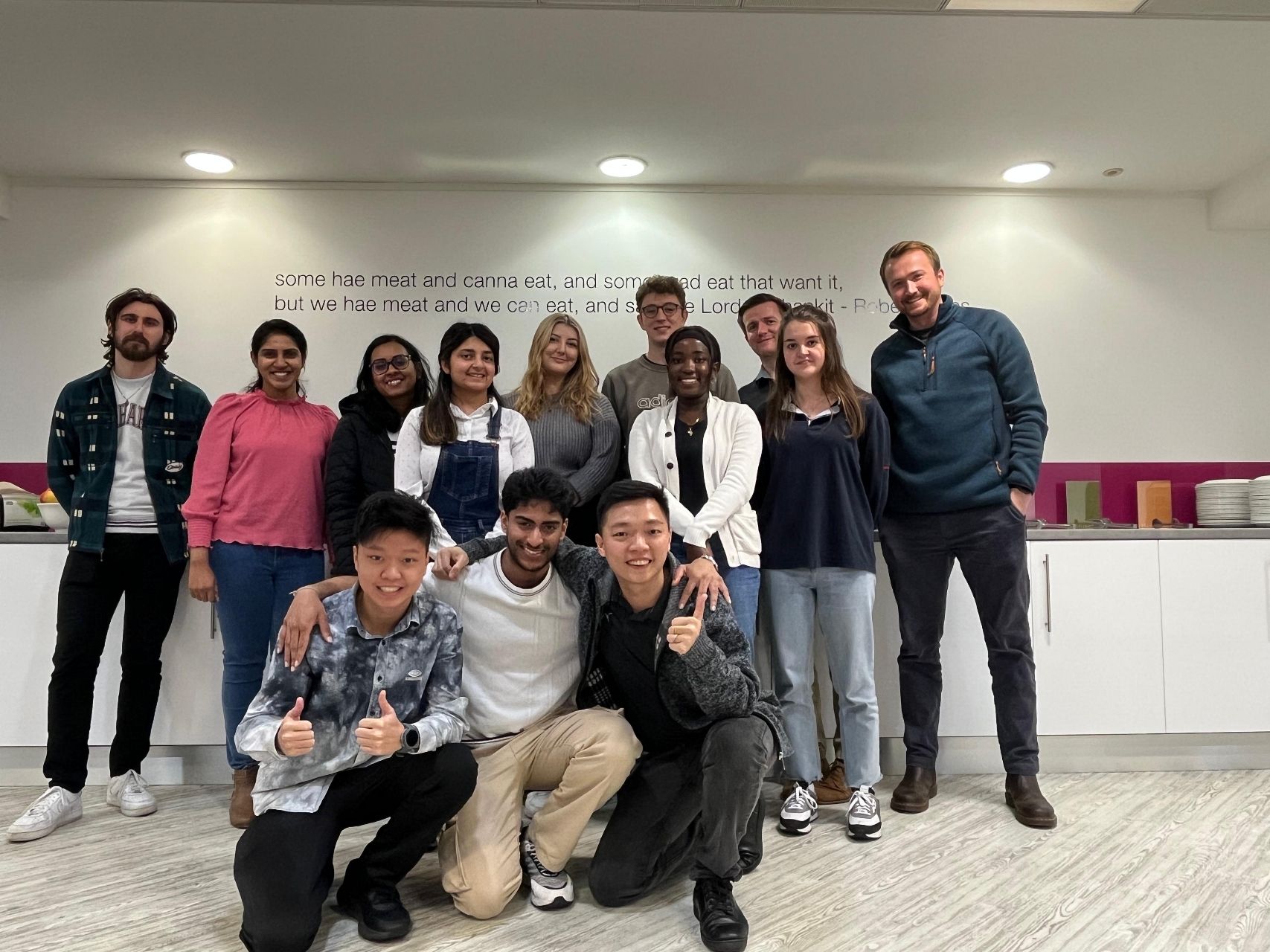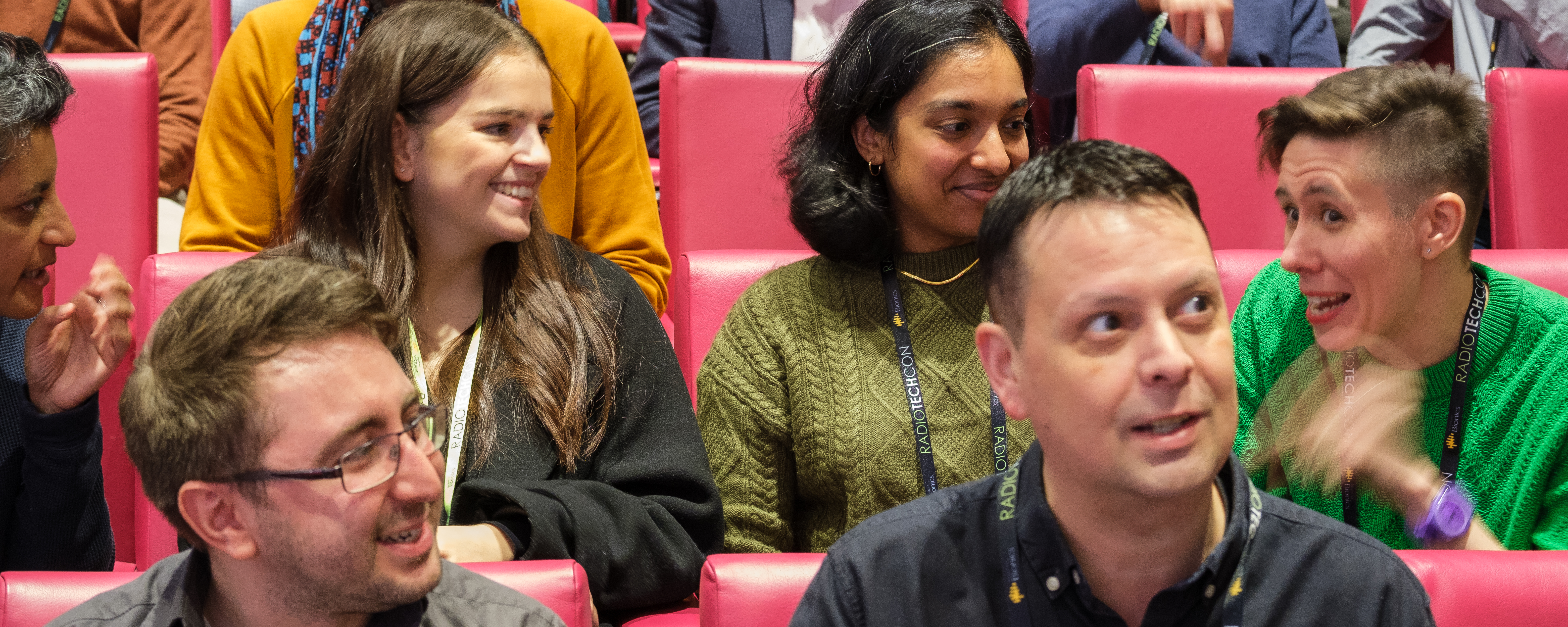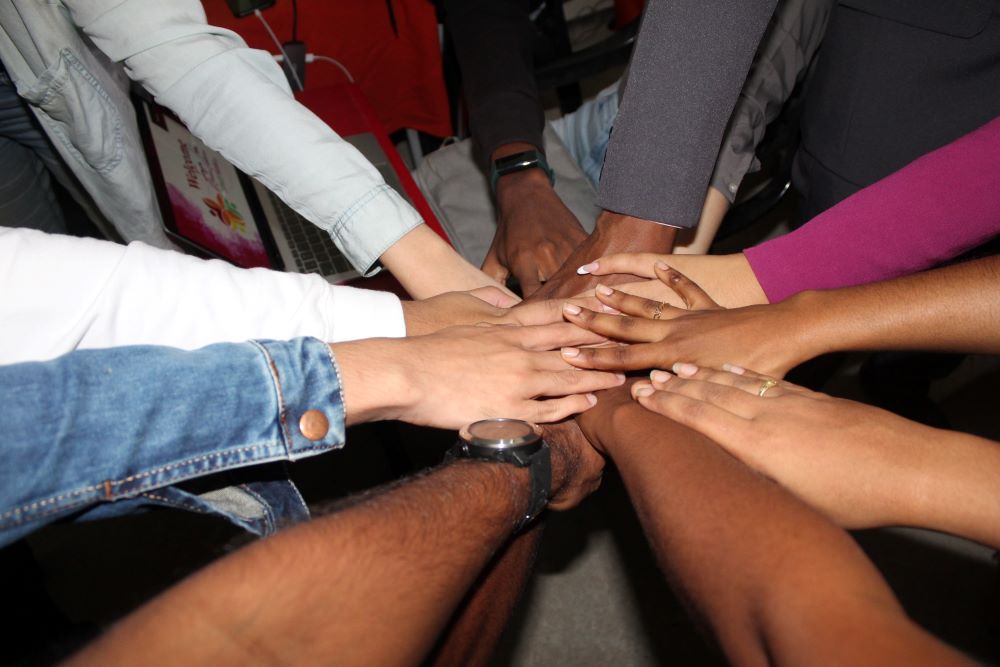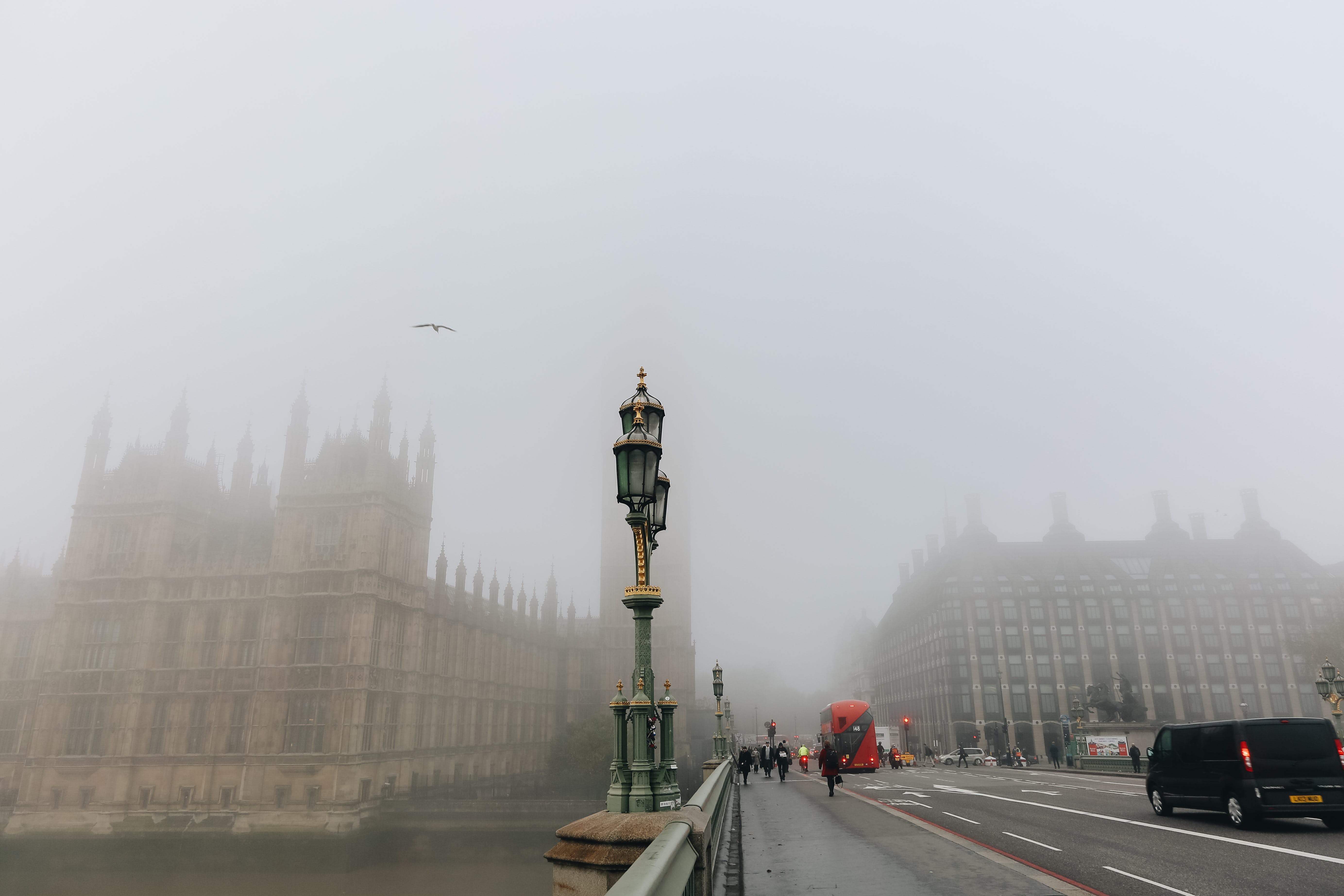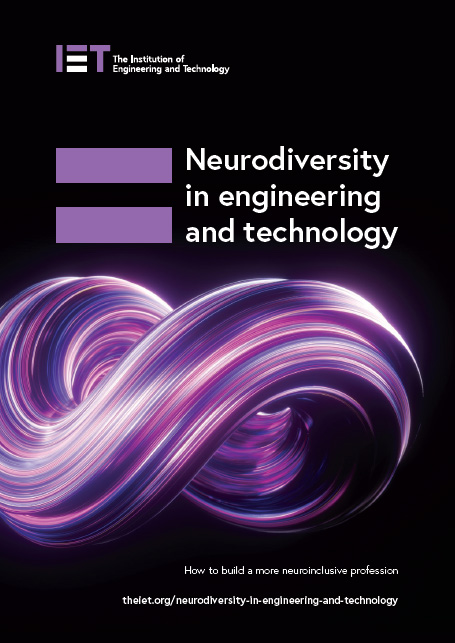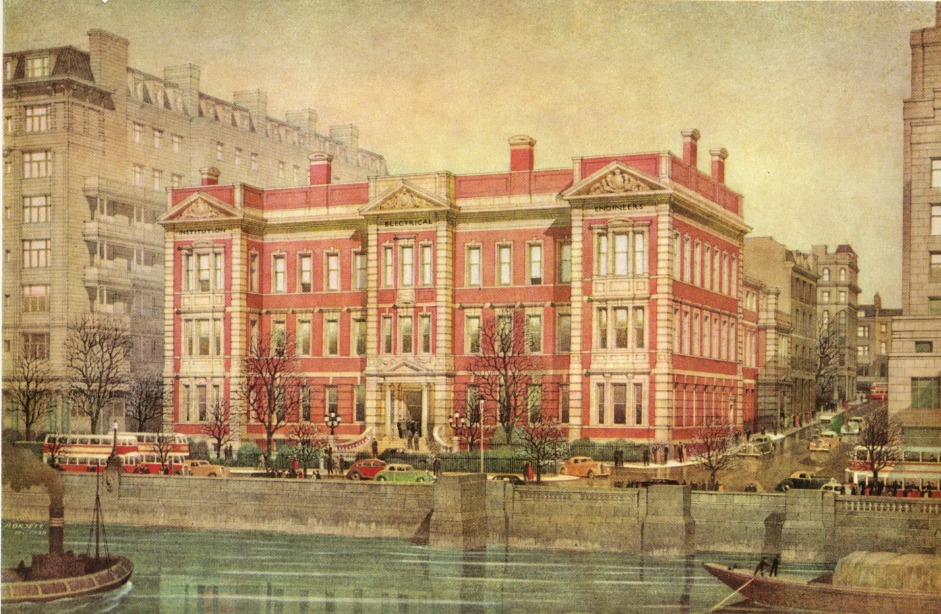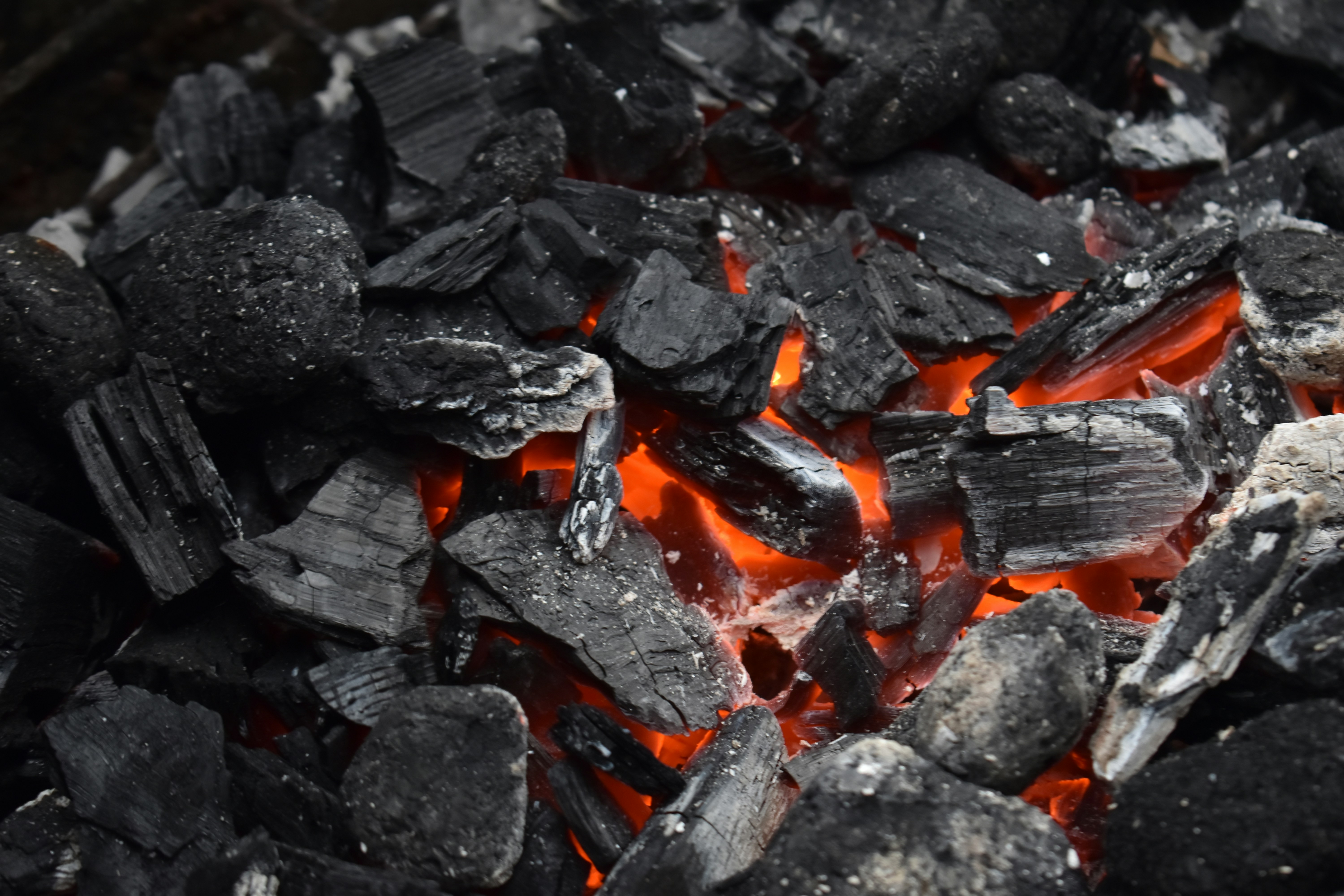The Frisbee, Older Than You Think
On this day in (engineering) history… The frisbee goes on sale for the first time It is a Wednesday in January 1957, the 23 rd to be exact, - there is snow on the ground with more on the way. But in the nation’s toy stores, there is something to get everyone looking forward to lazy, happy days in summer. A new toy, that looks like a flying-saucer has just appeared on the shelves. Its inventor used to call it the ‘Pluto Platter’. Next year, the Wham-O toy company (has there ever been a better named toy maker?) call it the ‘Frisbee’. Will it ever catch on? Walter Frederick Morrison promoting his Pluto Platters Like so many stories, this one doesn’t begin where everyone thinks it does. Back in 1937, 17-year-old Walter Frederick Morrison, from Richfield, Utah and his girlfriend Lucile…





